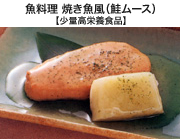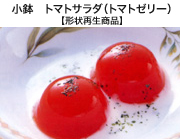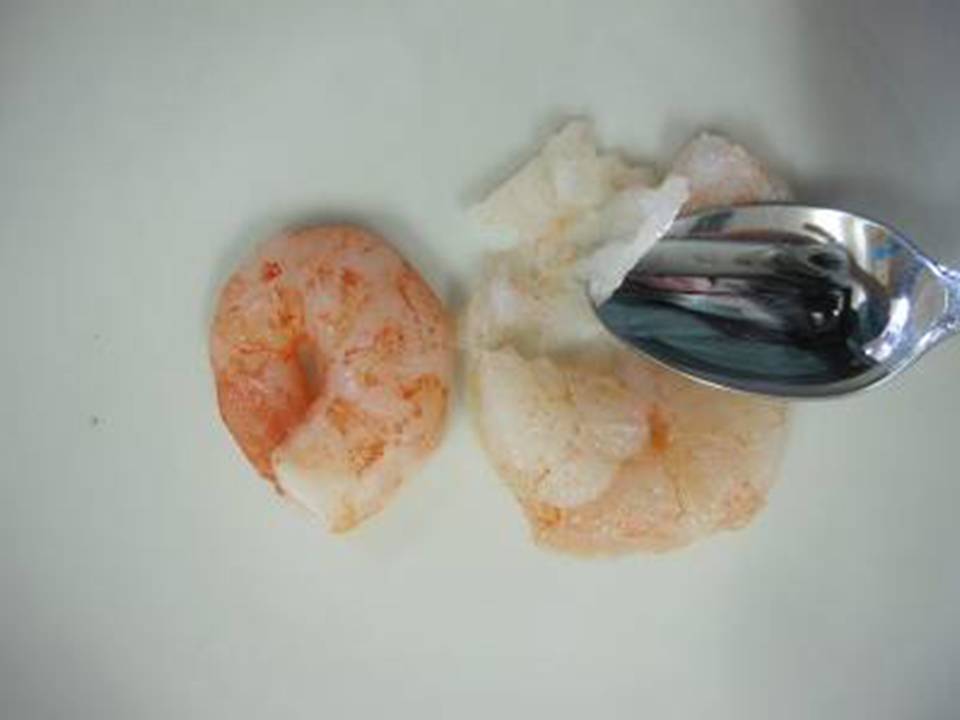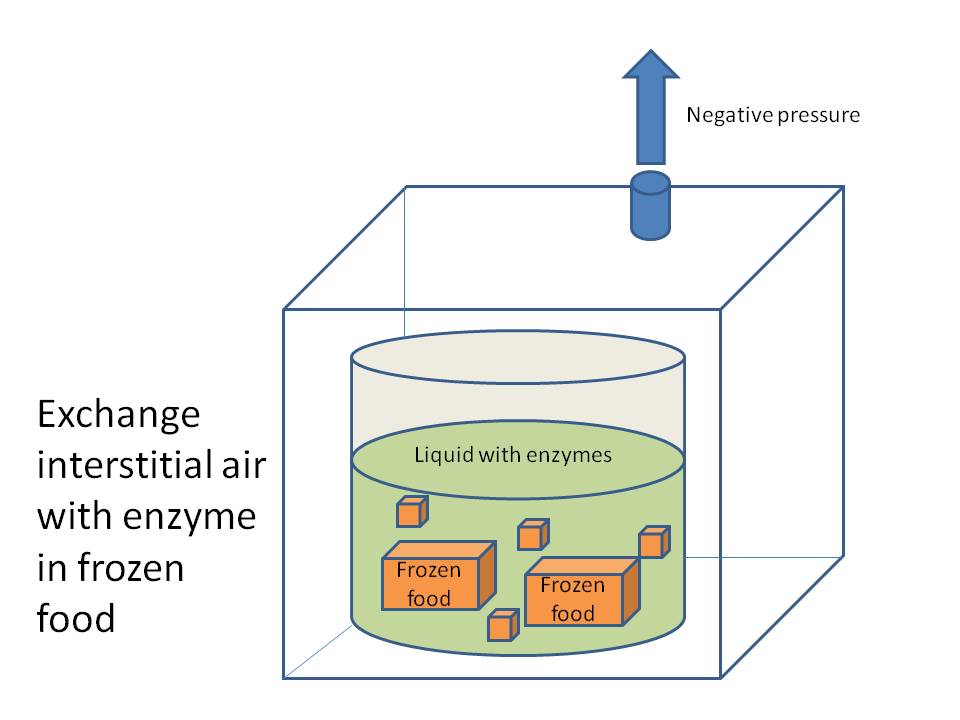Kugako Sugimoto, NOST Tokyo
Origineel gepubliceerd op de site van Agentschap NL.
Wanneer iemand ouder wordt veranderen zijn eetgewoonten en voorkeuren voor voedsel. Vaak worden bijten, kauwen en doorslikken minder eenvoudig. Onder oudere mensen in Japan is daardoor een nieuwe vorm van ondervoeding te constateren door gebrek aan eiwitten. Het eten van vlees met cholesterol is een van de remedies tegen deze vorm van ondervoeding. De uitdaging is hoe gemakkelijk te eten voedsel te maken, zodat Japanners op hun oude dag meer plezier van eten hebben.
Meals for elderly people in Japan
Summary
Eating habit and preference are changing, as people get older. The ability to bite, chew, and swallow food is lowered. A new type of malnutrition is prevailing among elderly people in Japan due to lack of proteins. Intake of animal meat with cholesterol is one of the remedies to prevent a new type of malnutrition. How to deliver nutritious and easy-to-eat food is a key to increase the quality of life of Japanese elderly people.
Details
Introduction
According to the survey of 2011 by Cabinet Office, Government of Japan, the percentage of elderly persons over 64 was 23.3 percent of the whole population in Japan.1 One out of 4 to 5 Japanese is an elderly person. The average household’s financial assets of elderly persons are highest compared to other generations in Japan (Ministry of Internal Affairs and Communications).2 The average is around 19 million yen (around 146,000 euro) excluding real estate and other consumer durables. Therefore, it looks like elderly are a large profitable market for expensive food products. However, the government’s agriculture and fisheries white paper for fiscal 2012 reported the Engel coefficient* for elderly households was high due to a fixed income.3 The Engel coefficient represents how much money consumers spend on food in their income. The Engel coefficient for households headed by people over 70 years old was 26 percent. In addition, the elderly households tended not to spend money at restaurants. Recently, a new type of malnutrition due to lack of proteins among the Japanese elderly people is getting attention. More than 60 percent and 70 percent of elderly persons of 65 and 70 years old respectively are suffering from this new type of malnutrition. Better food that fits into the life style of elderly people and increase their quality of life is needed.
New type of Malnutrition
Malnutrition among the elderly Japanese is quite unbelievable because many Japanese have been told not to eat too much to stay healthy. This new type of malnutrition mainly results from avoiding meat in meals. The symptoms of this malnutrition are fatigue, pain in the legs, weak muscles, falling over, low immunity, high risk for a heart disease and stroke, which might result in confinement to bed. The concentration of serum albumin signals the contraction of this new type of malnutrition. Concentration from 3.9 to 4.9 g/dl of serum albumin is considered normal for an adult. According to the study, the group with serum albumin concentration of less than 3.8 g/dl had 2.5 times higher risk of getting heart diseases and related death, by comparison with the group that had serum albumin of more than 4.3 g/dl.
Remedy
Eating animal proteins can increase the level of serum albumin. Animal proteins can be obtained from beef, pork, fish, egg, and daily products such as cheese, butter, and yogurt. Professor Shu Kumagai of University of Human Arts and Sciences pointed out eating low fat products does not provide good nutrition for elderly persons who have this new type of malnutrition. He recommends that elderly people should eat whole proteins and fats including cholesterol from the meat or daily products.
A cohort study (10 years) on more than 70 year-old elderly group showed that elderly persons who had milk and fat frequently survived better in comparison with those who did not take such food frequently. Intake of fat and milk increased the intake of cholesterol. Accumulated cholesterol in blood prevented a stroke. In addition, the risk of decreasing the intellectual mobility tended to be lowered.
The Japanese elderly people have learned to avoid cholesterol to decrease the chances of arteriosclerosis, ischemic heart disease, and cerebral thrombosis during their middle age. They still practice it at their current age. Cholesterol is a material constituting the cell membranes, bile acids, and hormones and is essential to the body. A liver produces 80 percent of cholesterol in a body and 20 percent is brought from food. If a person has a normal functioning liver and does not have hyperlipidemia**, they need not worry about cholesterol from food. Even if a person consumes too much cholesterol from food, the liver decreases the production of cholesterol and balances in order to achieve a stable serum cholesterol level as well as to restrain the excess accumulation of cholesterol in the body. Japanese elderly people should worry more about malnutrition caused by avoiding meat and cholesterol than worry about the diseases caused by cholesterol.
Food does not taste good anymore
Elderly persons are less sensitive to tastes of food compared to young people. Associated with ageing, the ability to perceive different tastes decreases. Elderly persons need high concentration of chemicals for saltiness, sourness, bitterness, sweetness, and umami. Especially, salt perception becomes insensitive. If a person keeps sprinkling salt on a dish until he/she perceives saltiness, it might lead to high blood pressure, kidney deficiency, and heart diseases.
Cause
One of the reasons for insensitivity to tastes is a lack of zinc. Zinc is essential for the degradation and production of proteins. Since the turnover rate of cells of a tongue is rapid, the body requires more zinc. In addition, use of high blood pressure and rheumatism medicine, commonly used medicine by elderly people, deprives elderly persons of zinc. Such drugs act as chelates of zinc and negatively contribute to taste disorder.
Furthermore, some elderly persons cannot particularly perceive umami compared to other types of tastes. Umami is found in cheese, tomato ketchup, and seaweeds in a form of glutamic acid and in mackerel and pork in a form of inosinic acid. To deliver taste chemicals to taste buds smoothly, taste chemicals need to be solubilized. Taste chemicals from food cannot easily dissolve in the reduced amount of saliva of elderly people. Taste disorder found in one out of three elderly patients is caused by dry mouth. Such elderly patients lose craving for food because the food does not taste good. Professor Takashi Sasano of Tohoku University Graduate School of Dentistry proposed a therapy for dry mouth. Patients should rinse their mouths for 30 seconds with a liquid with a high concentration of umami three times a day.
Meals are no fun anymore
With ageing the chewing ability is decreasing because of a lowered function of the tongue, weaker biting, and a decreased amount of saliva. If an elderly person loses his teeth, the ability of chewing could be dramatically decreased. To compensate the loss of chewing ability, elderly people chew more, which results in a longer eating time.
Swallowing
When foods are transferred from the mouth to the stomach, various muscles in the mouth, throat, and esophagus synchronize their movements. When food goes through a throat, a soft plate goes up and prevents food from entering the nose. At the same time, the epiglottis covers the passage to the trachea. However, choking of the trachea by food is not a rare accident for elderly people. On the first day of the year, the Japanese eat sticky rice cake to celebrate the New Year. However, suffocation of elderly people by a sticky rice cake is often reported in the news. This is due to weakened throat muscles and weakened repulsion associated with ageing and the nature of food.
Support food for weakened mastication and swallowing
In Japan, support food for weakened mastication and swallowing appeared in 1980’s. In 1994, Ministry of Health Labor Welfare set the rules for such food. Requirements are related to stiffness, stickiness, and coagulation of food. Stiffness means hard or soft. Stickiness deals with the degree of stickiness to the inside of a mouth. Coagulation is making ability to form a cluster from pieces of foods. For example, corn niblets are hard to make into a cluster and rank low in the category of coagulation.
Addition of thickness to food is one solution to increase three requirements. Potato starch and cornstarch are generally used as thickness enhancers. Ordinary starch needs heating to be thick and smooth in liquid. However, pregelatinized starch does not need heating to be thick and smooth and can be applied to cold food. Japan Corn Starch Co., Ltd., Sanwa Starch Co., Ltd, and other companies produce pregelatinized starch from food such as corn, waxy corn, tapioca, and flour.
To prevent choking, liquefaction of food is a solution. However, liquid food does not visually promote appetite. Nisshin Healthcare Food Service, Co., Ltd. promotes mousse food.4 For example; salmon mousse provides high nutrition in a small potion and looks like a fillet of salmon (Fig. 1). A jelly of tomato looks like a cut tomato (Fig. 2). Mousse food is an easier and more fun way to transport foods containing nutrients from a mouth to a stomach than taking in of an equivalent amount of nutrients from a large amount of liquid food. However, these mousse food are not served for individual consumers yet.
Fig. 1 Mousse salmon (small portion with high nutrients)(Nisshin Healthcare Food Service)
Fig. 2 Jelly of tomato (Nisshin Healthcare Food Service)
Hiroshima Prefecture developed a technology to cook soft food while maintaining the shape of a food.5 For example; a shrimp maintains its shape until it is crushed with a soft touch with a spoon (Fig. 3). Elderly patients can visually enjoy their food. This technology uses enzymes to soften food and negative pressure. Food is set in a liquid with enzymes in a chamber that creates negative pressure (Fig. 4). The negative pressure removes air from the interstitial spaces between food cells and enzymes in the liquid go into the interstitial spaces in the food as replacements.
Fig. 3 Easily crushable shrimp (Hiroshima Prefecture)
Fig. 4 Schematic of application of negative pressure to replace air with enzymes in a frozen food (Idea obtained from Hiroshima Prefecture)
Don’t want to cook
Elderly people live alone or only with their spouses. Cooking for one or two people is not very stimulating. In addition, it is sometimes not economical to make a small amount of meal with expensive and various ingredients. Seven-Eleven Japan Co., Ltd., convenience store, started a service to deliver meals at home. A meal is reasonably priced at 500 yen (around 4 euro) and a registered dietitian supervises menus. One meal has around 560 kcal with less than 2.8 g of salt. More than 15 kinds of food materials are used. This meal is not exclusive for elderly persons, but it just fits their needs. A lunch is delivered at noon and a supper is delivered at 7 p.m. with a prior reservation through the internet. Delivery cost, membership fee, and an annual fee are not required.
Conclusion
A good meal is important for the quality of life. Especially a meal can become a large portion of enjoyable life for elderly people because other activities such as sports, school, travels become less compared to those of young people. The need for good, beautiful, inexpensive, nutritious, easily eatable, safe, and easily obtainable food will increase in Japan, associated with the increase of the elderly population. The white paper says that eating seafood is generally decreasing in Japan, while meat consumption is increasing. The shifting from seafood to animal meats should involve elderly persons who are currently suffering from a new type of malnutrition. Technologies to soften food while keeping its shape can be applied to eating of animal meat.
Source
- White Paper of Ageing Society 2011 (in Japanese)
- Summary of Household’s Assets (in Japanese)
- White Paper of Agriculture and Fisheries 2012 (in Japanese)
- Mousse-food (Nissin Healthcare Food Service, in Japanese)
- Hiroshia Prefecture (in Japanese)
*Engel’s coefficient (Wikipedia)
**hyperlipidemia (Wikipedia)











